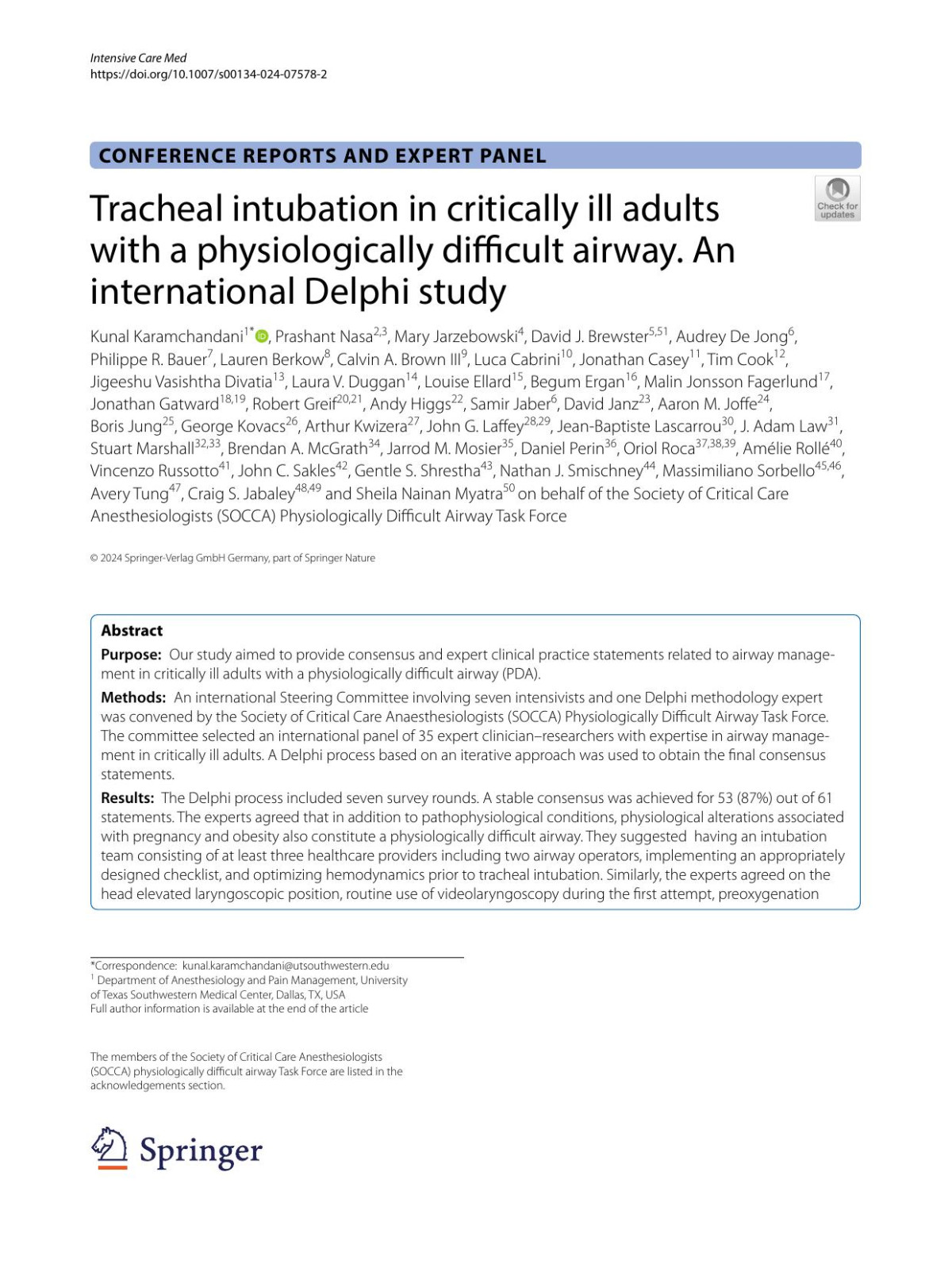

Most ebook files are in PDF format, so you can easily read them using various software such as Foxit Reader or directly on the Google Chrome browser.
Some ebook files are released by publishers in other formats such as .awz, .mobi, .epub, .fb2, etc. You may need to install specific software to read these formats on mobile/PC, such as Calibre.
Please read the tutorial at this link: https://ebookbell.com/faq
We offer FREE conversion to the popular formats you request; however, this may take some time. Therefore, right after payment, please email us, and we will try to provide the service as quickly as possible.
For some exceptional file formats or broken links (if any), please refrain from opening any disputes. Instead, email us first, and we will try to assist within a maximum of 6 hours.
EbookBell Team

0.0
0 reviewsAbstract
Purpose: Our study aimed to provide consensus and expert clinical practice statements related to airway manage‑
ment in critically ill adults with a physiologically difcult airway (PDA).
Methods: An international Steering Committee involving seven intensivists and one Delphi methodology expert
was convened by the Society of Critical Care Anaesthesiologists (SOCCA) Physiologically Difcult Airway Task Force.
The committee selected an international panel of 35 expert clinician–researchers with expertise in airway manage‑
ment in critically ill adults. A Delphi process based on an iterative approach was used to obtain the fnal consensus
statements.
Results: The Delphi process included seven survey rounds. A stable consensus was achieved for 53 (87%) out of 61
statements. The experts agreed that in addition to pathophysiological conditions, physiological alterations associated
with pregnancy and obesity also constitute a physiologically difcult airway. They suggested having an intubation
team consisting of at least three healthcare providers including two airway operators, implementing an appropriately
designed checklist, and optimizing hemodynamics prior to tracheal intubation. Similarly, the experts agreed on the
head elevated laryngoscopic position, routine use of videolaryngoscopy during the frst attempt, preoxygenation